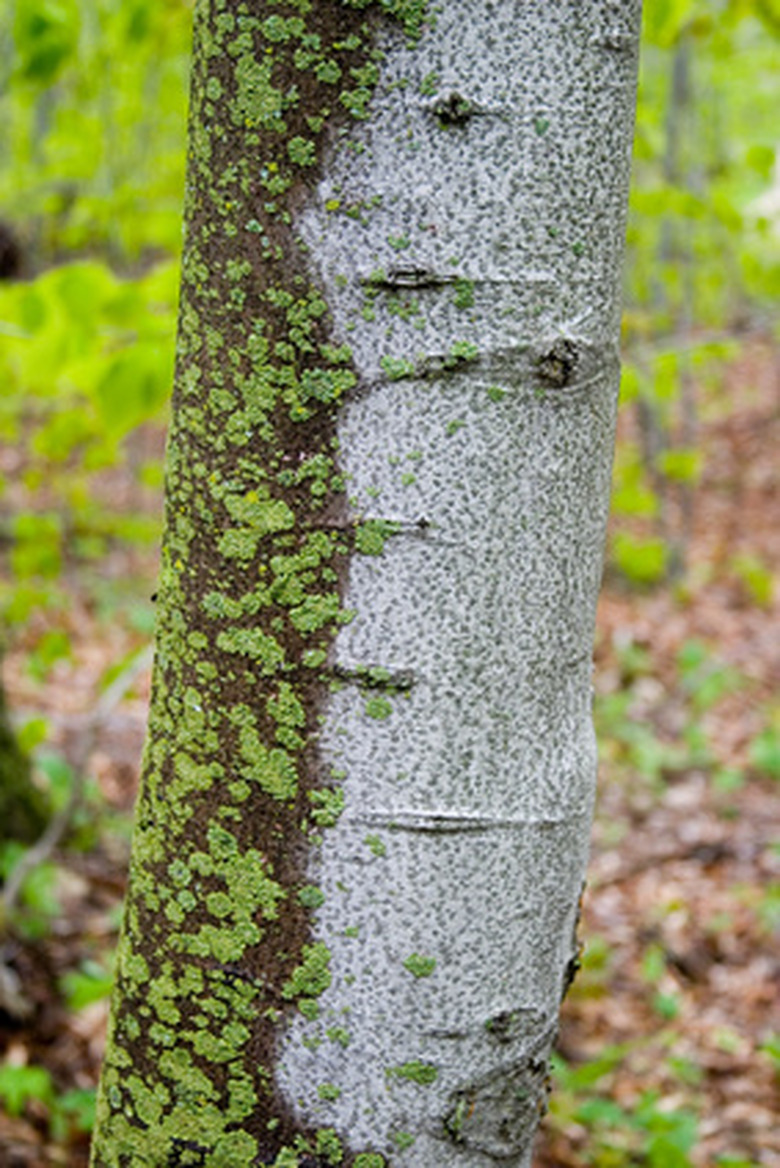Michigan Wild Plant Identification
Explorers of Michigan's fields, forests and shores will encounter some 1,800 native and 800 introduced wild plants in their journeys. Many introduced plants are now invasive weeds, according to the Michigan Department of Natural Resources. Their land and water use has put more than 20 percent of Michigan's native plants at risk. Learning to identify Michigan's wild plants is the first step toward saving those that truly belong in the Wolverine State.
Location
Its location is an important clue to a plant's identity. Forests cover nearly 50 percent of Michigan's land, says MSY Forest Extension professor Melvin Koelling, Ph.D. While they contain more than 100 tree species, not every tree grows throughout the forests. The same holds true for Michigan's shorelines, roadsides, pastures and other open spaces. Different plants adapt to different growing conditions, including available light, soil type and pH and microclimates.
- Explorers of Michigan's fields, forests and shores will encounter some 1,800 native and 800 introduced wild plants in their journeys.
- Their land and water use has put more than 20 percent of Michigan's native plants at risk.
Foliage
Deciduous leaf shapes range from narrow and linear to broad and heart-shaped. Leaf edges are smooth (entire); wavy; coarsely or finely serrated; deeply cut, or lobed. Leaf stems have single–simple–or multiple–compound–leaves. Some leaves alternate while others grow in opposite pairs or clusters of three or more. Leaf veins are palmate, spreading out form a single base, or pinnate, alternating along a midrib. Coniferous trees have single or bundled, flat, round or square needles.
Flowers
Many of Michigan's wild plants have flowers. Whether eye-catching or inconspicuous, each flower has a specific number of petals in a particular arrangement. Petals are single, double, round, elliptical or several other shapes. A plant can have one short-lived bloom, or hundreds over an extended season. Flowers clusters are flat, spherical, erect or drooping. Some wild plant species bloom in a wide range of colors. Don't eliminate them from your list of possible identifications on that basis alone. The number and color of stamens–and the pollen color–are further clues.
- Deciduous leaf shapes range from narrow and linear to broad and heart-shaped.
- A plant can have one short-lived bloom, or hundreds over an extended season.
Stems
Height is only one of a stem's distinguishing characteristics. Stems can be hollow, segmented, round, square, hairy or smooth. They stand upright, nod, or trail along the ground. They're single, multiple or branching. Many plants spent much of the time as clumps of leaves, with stems emerging only long enough to produce flowers before dying back.
Winter Identification
Bark, twigs and buds are the secrets to identifying many of Michigan's deciduous plants in winter, according to the Michigan State University Extension. Bark can be rough, with heavy fissures, or smooth, like birch bark. Some trees or shrubs have peeling bark that reveals underbark of a different color. Bark colors and patterns are helpful, but its bark can change significantly as a plant matures. Noting the color and shape of the plant's terminal buds and twigs, whether it has thorns, and if its branches are alternating or opposite are other clues to plant identity.
- Height is only one of a stem's distinguishing characteristics.
- Bark colors and patterns are helpful, but its bark can change significantly as a plant matures.
